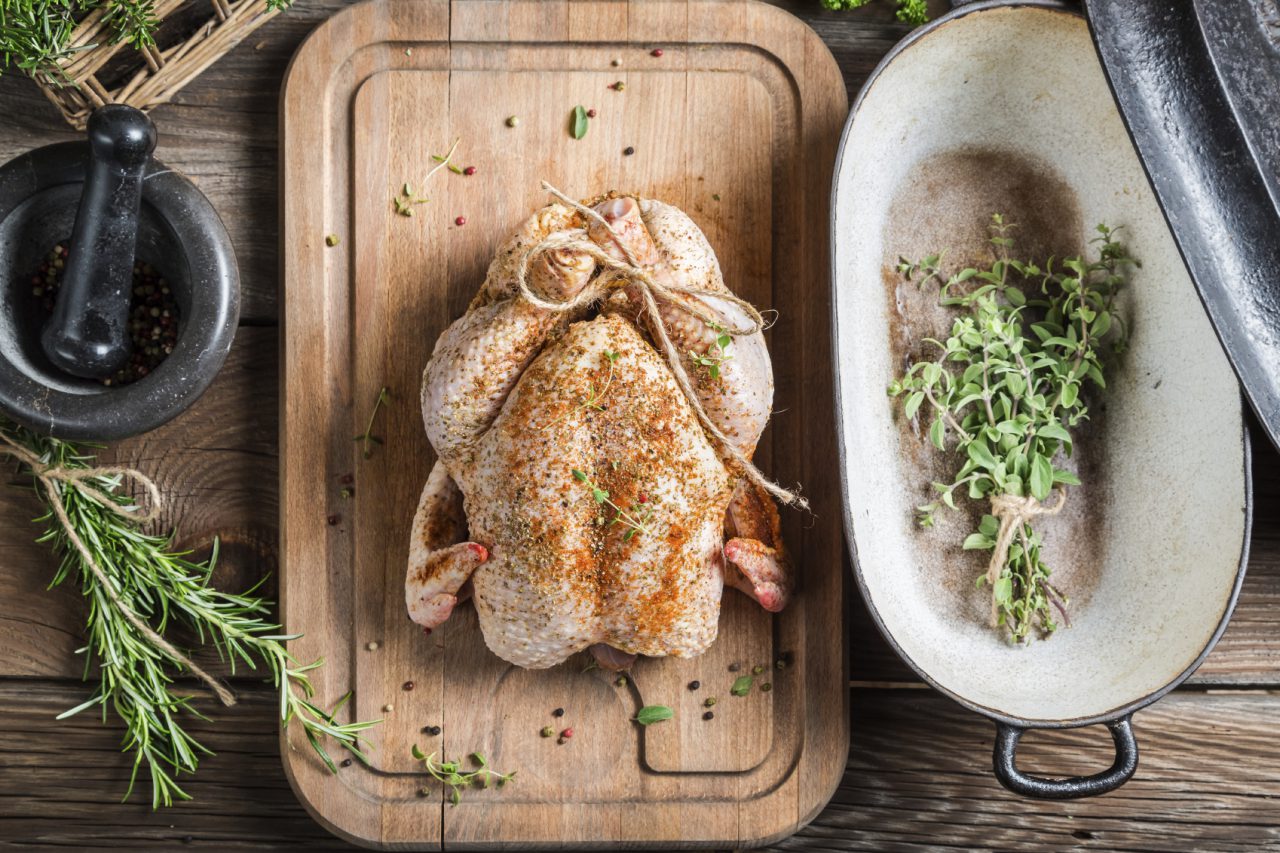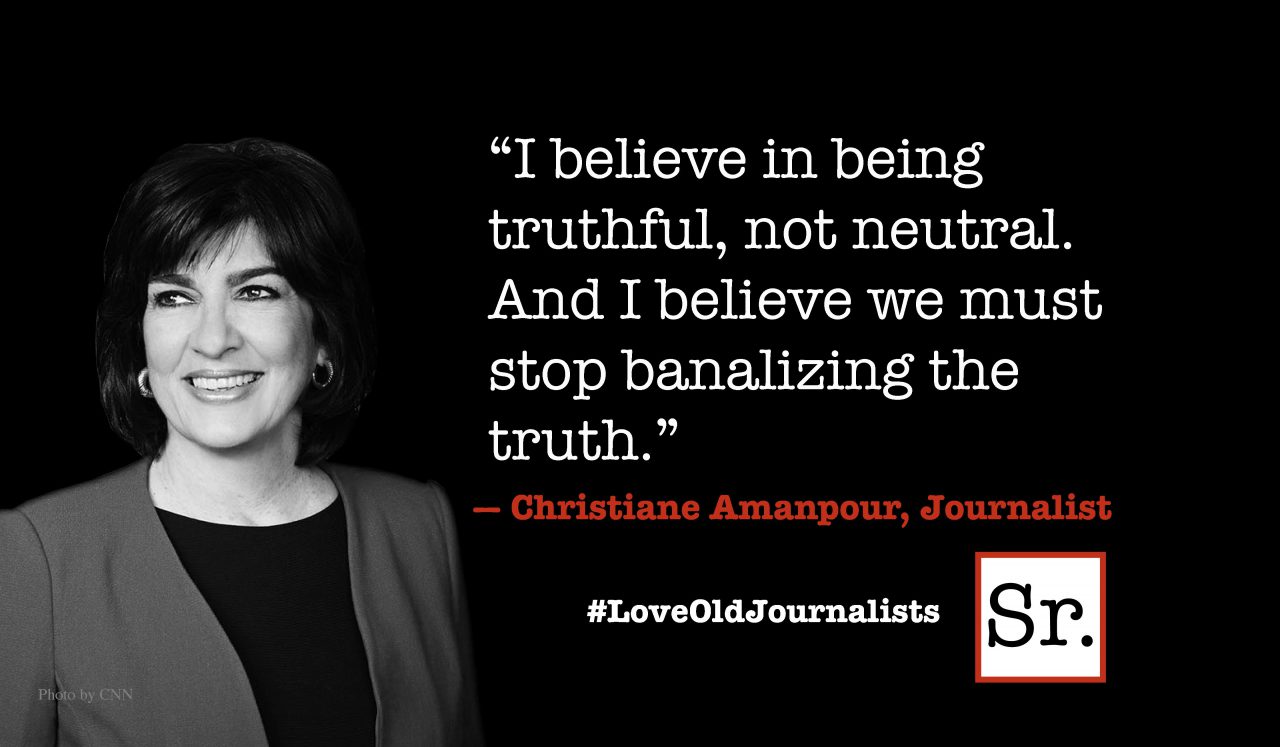The gizzard is the second stomach of a fowl. It has a thick muscular wall and a tough lining for grinding food that has been partially digested in the first stomach. City kids probably do not even know what the gizzard looks like, and if they are anything like I am, they hope to never see one, let alone have to eat one. I grew up with chickens all around me and helped butcher and pluck many for Sunday dinner, but I never had to taste that awful sounding thing called a gizzard. My helpmate was my older brother Dean who would fight to have the gizzard. I did often wonder how anyone could think it was that great for eating. Just knowing what it was like having to tear out that inner lining so the gizzard would be edible. Ugh!
Well, years slipped by and we all grew up. I started a family of my own and since we lived on an Iowa farm, naturally we had home grown chickens. My friend and I had the fun of dressing them for the freezer. Since I did not eat the gizzard, I could not convince the boys or my husband how good they were, so I would usually chop it up in tiny bits and add it to the bread dressing. One year I got the bright idea of putting all the gizzards in one bag and save them to serve when my brother came for his annual visit. Now, everyone thought I was a bit off beat to think he could eat fifty gizzards, but I had a plan and I was going to pursue it.
When he announced his planned visit I invited all the relatives who lived in the area for fresh chicken and sweet corn just picked from the field. What more could one ask for unless it was a few fresh tomatoes from the garden. My brother Dean and his family were flying in from Arizona in their private plane. Since he could not give us an exact time I started fixing my gizzard special the day before so they would be well thawed by next morning.
That next morning I fixed my bag of flour with salt and pepper and shook each gizzard until it was well covered. I popped each one into the hot cast iron skillet to brown. When each one had that golden brown look they were transferred to the cast iron Dutch oven. I had recently heard that milk could be used for a tenderizer, so I added a couple of cups of milk. I turned the oven to low, thinking that when I heard the plane buzz over the farm I would have time to raise the temperature, and they would soon be ready.
Well, it was six hours later when the family and guests sat around the table. The aroma of the hot dish was awesome as I lifted the lid and peered inside the Dutch oven. I shall never forget the look in Dean’s eyes when we set that platter of gizzards in front of him. He didn’t even blink when he was told he would have to share a few of them. Everyone raved so much about those tender gizzards that even I had to try one. Much to my surprise, it was pretty good.
Well, that became a tradition in our family. Each year at the end of summer we had our Gizzard Feast. If there were any leftovers they were sent with Dean so he could snack on cold gizzards on his flight back home.
A few years later we were joining my family in Arizona to celebrate my mother’s 75th birthday. That year I had collected one hundred gizzards. Yes, you probably guessed; we took the gizzards to Arizona. I wrapped the frozen bag with many layers of newspapers and packed them in a nylon carry-on bag. Despite landing in Arizona in the heat of summer, the gizzards stayed frozen until we reached our destination. All the nieces and nephews and other kinfolk who had not had the opportunity to taste the delights now had their chance. Need I say that they licked the platter clean.
The next year we moved to Arizona and no longer had the taste of those corn fed chickens. My last bag of gizzards were chopped and covered with salsa for our extended family holiday dinner. That added a southwestern touch, and again the platter was licked clean.
The first turkey I cooked after we moved to Arizona was a shocker. Old Tom’s gizzard was only half the size of our Iowa chicken gizzards. At that point I declared that the days of Gizzard Feasts were officially over. But we still have the memories not only of the gizzard delights but also the fun the family had around the table each time we sat down to share the extraordinary meal from my oven. No one can ever take away those memories.
This article originally appeared in Roadrunner Extra!, the resident newsletter of Beatitudes Campus.









